Home>Furniture & Design>Interior Design Trends>How To Identify Cobalt Blue Glass
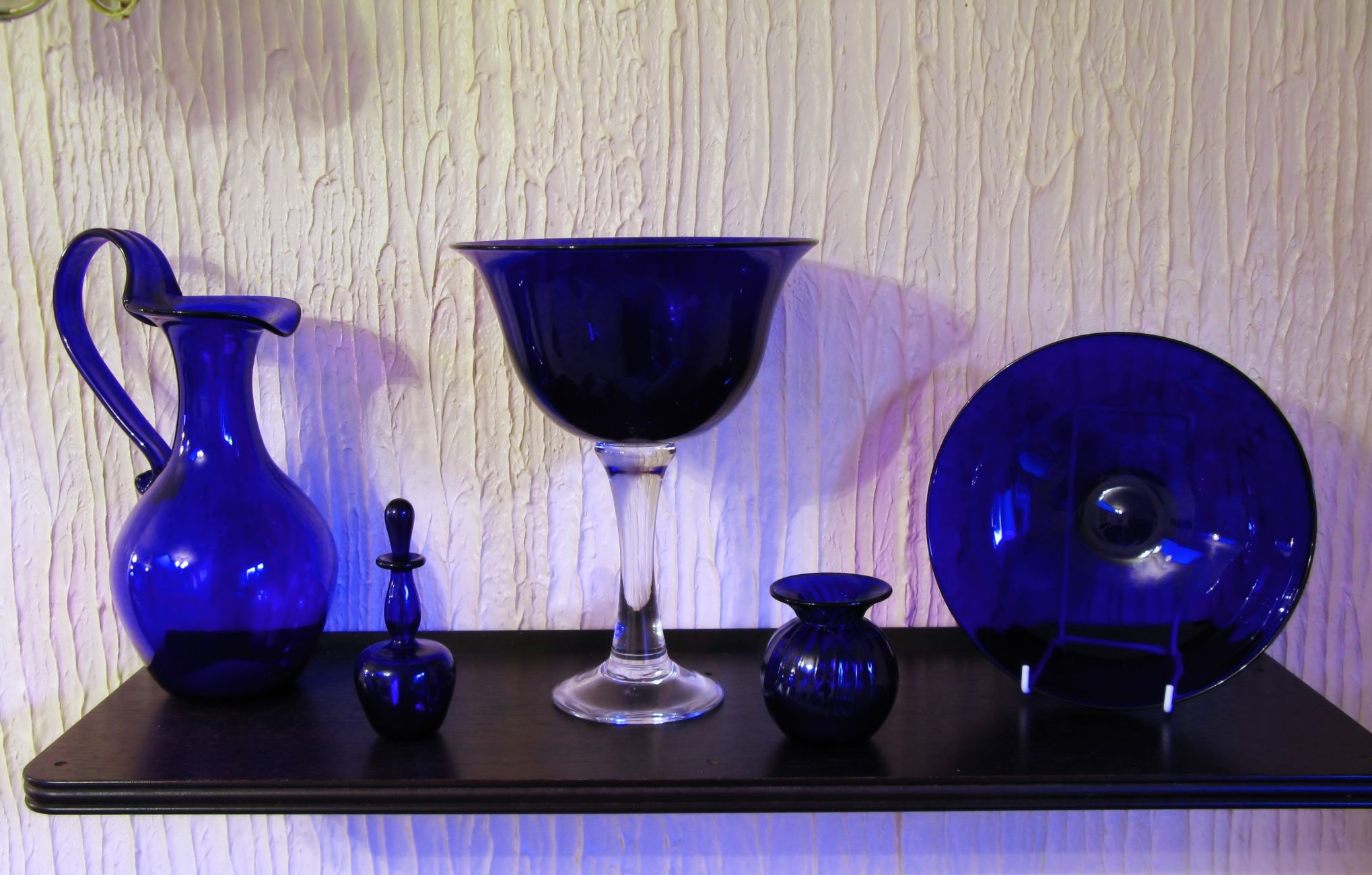

Interior Design Trends
How To Identify Cobalt Blue Glass
Published: February 6, 2024
Learn how to identify cobalt blue glass and incorporate it into your interior design trends. Discover the beauty and versatility of this timeless material.
(Many of the links in this article redirect to a specific reviewed product. Your purchase of these products through affiliate links helps to generate commission for Storables.com, at no extra cost. Learn more)
Introduction
Cobalt blue glass has captivated collectors and enthusiasts for centuries with its mesmerizing hue and timeless allure. This distinct type of glass, infused with cobalt oxide, boasts a rich history and a myriad of applications, ranging from decorative art pieces to functional tableware. Its deep, vibrant color and unique properties make it a sought-after treasure in the world of glassware.
The allure of cobalt blue glass lies not only in its striking appearance but also in its fascinating origins. From ancient civilizations to modern artisans, the art of creating cobalt blue glass has been passed down through generations, evolving into a symbol of craftsmanship and elegance. Whether adorning a vintage vase or a contemporary ornament, cobalt blue glass exudes a timeless charm that continues to captivate admirers around the globe.
As we delve into the world of cobalt blue glass, we will explore its defining characteristics, the art of identifying genuine pieces, and the common misconceptions that surround this exquisite material. By gaining a deeper understanding of cobalt blue glass, enthusiasts and collectors can appreciate its beauty and heritage while avoiding the pitfalls of misidentification. Join us on this journey as we unravel the mysteries of cobalt blue glass and uncover the secrets to distinguishing authentic pieces from imitations.
Key Takeaways:
- Cobalt blue glass, infused with cobalt oxide, has a rich history and enduring allure. Its vibrant color, resistance to fading, and ability to withstand high temperatures make it a prized material for art and functional items.
- Identifying genuine cobalt blue glass involves observing its deep blue hue, luminous quality, manufacturing techniques, UV reaction, and maker’s marks. Understanding these factors helps enthusiasts appreciate its timeless beauty and historical significance.
Read more: How To Identify Jeannette Glass
What is Cobalt Blue Glass?
Cobalt blue glass, often referred to as "smalt" in the art world, is a type of glass that is infused with cobalt oxide during the manufacturing process. This infusion of cobalt oxide is what gives the glass its distinctive deep blue color, ranging from a rich, intense hue to a more subtle, translucent shade. The use of cobalt oxide in glassmaking dates back to ancient civilizations, where artisans discovered the transformative effect it had on the appearance of glass.
The origins of cobalt blue glass can be traced back to as early as the 8th century, with evidence of its production found in regions such as Persia and the Eastern Mediterranean. Over time, the art of creating cobalt blue glass spread across continents, captivating cultures with its mesmerizing color and versatility. From delicate perfume bottles to ornate stained glass windows, cobalt blue glass has been utilized in a wide array of applications, showcasing its enduring appeal and adaptability.
One of the defining characteristics of cobalt blue glass is its ability to interact with light, creating a captivating play of color and luminosity. When crafted into intricate designs or sculpted into elegant forms, cobalt blue glass exudes a timeless elegance that transcends trends and fads. Its enduring popularity in the realm of decorative arts and collectibles is a testament to its enduring allure and cultural significance.
In addition to its aesthetic appeal, cobalt blue glass also possesses practical qualities that make it a desirable material for various purposes. Its durability, resistance to fading, and ability to withstand high temperatures have made it a favored choice for creating enduring pieces of art and functional items. Whether adorning a vintage vase, a modern sculpture, or a contemporary piece of jewelry, cobalt blue glass continues to captivate admirers with its timeless beauty and historical significance.
As we unravel the mysteries of cobalt blue glass, it becomes evident that this remarkable material holds a cherished place in the world of art, design, and craftsmanship. Its rich history, captivating color, and enduring allure make it a treasure to behold, inspiring admiration and fascination across generations and cultures.
Characteristics of Cobalt Blue Glass
Cobalt blue glass is renowned for its captivating characteristics, setting it apart as a cherished material in the realm of decorative arts and collectibles. Its defining features encompass both aesthetic allure and practical functionality, making it a versatile and enduring choice for artisans and enthusiasts alike.
The most striking characteristic of cobalt blue glass is, undoubtedly, its mesmerizing hue. Infused with cobalt oxide during the manufacturing process, this glass exhibits a deep, rich blue color that ranges from intense and opaque to translucent and ethereal. When illuminated, cobalt blue glass interacts with light in a captivating manner, creating a luminous display that enhances its visual appeal. This unique interaction with light lends cobalt blue glass an enchanting quality, making it a sought-after material for creating exquisite art pieces and decorative items.
In addition to its captivating color, cobalt blue glass possesses remarkable durability and resistance to fading. This inherent strength allows it to withstand the test of time, preserving its vibrant hue and luster for generations to come. Whether fashioned into delicate ornaments, intricate vases, or functional tableware, cobalt blue glass retains its beauty and allure, making it a timeless choice for both artistic expression and practical use.
Furthermore, cobalt blue glass exhibits a remarkable ability to withstand high temperatures, making it suitable for a diverse range of applications. From the creation of enduring stained glass windows to the crafting of durable kitchenware, its thermal resilience adds to its appeal as a versatile and enduring material. This practical quality, combined with its aesthetic charm, positions cobalt blue glass as a favored medium for artisans and designers seeking to imbue their creations with both beauty and functionality.
As we explore the characteristics of cobalt blue glass, it becomes evident that its allure extends beyond its captivating color. Its durability, resistance to fading, and thermal resilience make it a prized material for creating enduring works of art and functional items. Whether adorning a historic cathedral, a contemporary sculpture, or a cherished heirloom, cobalt blue glass continues to captivate admirers with its timeless beauty and enduring qualities.
Look for a deep, rich blue color with a slight purplish tint. Check for a smooth, glossy surface and a weight that feels heavier than regular glass. Use a black light to see a faint greenish glow, which is a characteristic of cobalt blue glass.
Identifying Cobalt Blue Glass
Identifying cobalt blue glass involves a keen understanding of its distinct characteristics and the subtle nuances that set it apart from other types of glass. Whether examining a vintage piece or a contemporary creation, several key factors can aid in the identification of genuine cobalt blue glass.
-
Color and Hue: The most prominent feature of cobalt blue glass is its rich, deep blue color. When inspecting a piece, observe the intensity and saturation of the blue hue. Genuine cobalt blue glass exhibits a vibrant and uniform coloration, devoid of any greenish or purplish tinges. This distinctive color sets it apart from imitations or glassware with similar but less intense shades of blue.
-
Luminosity: Authentic cobalt blue glass possesses a captivating luminosity when exposed to light. This luminous quality enhances the depth and brilliance of the blue hue, creating a mesmerizing visual effect. When examining a piece, observe how light interacts with the glass, illuminating its color and revealing its inherent beauty.
-
Manufacturing Techniques: Understanding the manufacturing techniques used to create cobalt blue glass can provide valuable insights for identification. Genuine cobalt blue glass is often crafted using traditional methods such as mouth-blowing or mold-pressing. These techniques result in unique textures and patterns that contribute to the authenticity of the glass.
-
UV Reaction: When exposed to ultraviolet (UV) light, cobalt blue glass may exhibit a distinct reaction. Genuine cobalt blue glass often fluoresces a vibrant, intense blue under UV light, a phenomenon attributed to the presence of cobalt oxide. This reaction can serve as a reliable indicator of authenticity when identifying cobalt blue glass.
-
Maker's Marks and Signatures: Many pieces of cobalt blue glass bear maker's marks, signatures, or labels that indicate their origin and authenticity. These markings may include the name of the glassmaker, a specific pattern or design number, or a hallmark denoting the glass's provenance. Researching and identifying these markings can provide valuable clues in determining the authenticity of cobalt blue glass.
By carefully considering these factors and honing one's observational skills, enthusiasts and collectors can confidently identify genuine cobalt blue glass, appreciating its timeless beauty and historical significance. Whether admiring a cherished heirloom or acquiring a new addition to a collection, the ability to discern authentic cobalt blue glass enriches the experience of engaging with this enduring and captivating material.
Common Misidentifications
Identifying cobalt blue glass can be a nuanced endeavor, often leading to common misidentifications that can perplex collectors and enthusiasts. Understanding these misconceptions and potential pitfalls is essential for accurately discerning genuine cobalt blue glass from imitations or misattributed pieces. Several factors contribute to the misidentification of cobalt blue glass, ranging from similar glass types to misleading characteristics that can lead to confusion. By shedding light on these common misidentifications, collectors and admirers can navigate the world of cobalt blue glass with greater insight and discernment.
One prevalent misidentification involves mistaking cobalt blue glass for Bristol blue glass, a closely related type of glass known for its deep blue color. While both cobalt blue glass and Bristol blue glass share a similar hue, they are distinct in their composition and historical origins. Bristol blue glass, originating from England, often exhibits a slightly different shade of blue and may lack the luminous quality characteristic of cobalt blue glass. The subtle differences between these two types of glass can lead to confusion, highlighting the importance of closely examining the specific attributes of each piece.
Another common misidentification arises from the presence of manganese in glass, which can produce a blue color resembling cobalt blue glass. Manganese glass, often referred to as "black glass," can exhibit a deep blue or purple hue that may bear resemblance to cobalt blue glass, especially to the untrained eye. This similarity can lead to instances where manganese glass is mistaken for cobalt blue glass, underscoring the need for careful scrutiny and awareness of the distinct properties of each type of glass.
Furthermore, the proliferation of modern reproductions and imitations has contributed to the misidentification of cobalt blue glass. Contemporary glassware, designed to mimic the appearance of cobalt blue glass, can deceive unsuspecting collectors and buyers. These reproductions may lack the authenticity and craftsmanship of genuine cobalt blue glass, posing a challenge for those seeking to differentiate between original pieces and modern replicas.
In addition to these misidentifications, the misattribution of glassware as cobalt blue glass without proper verification can lead to inaccuracies in the identification and classification of glass pieces. Without thorough examination and knowledge of the defining characteristics of cobalt blue glass, there is a risk of erroneously labeling glassware as genuine cobalt blue glass, perpetuating misconceptions and inaccuracies within the realm of glass collecting and appreciation.
By acknowledging and addressing these common misidentifications, collectors and enthusiasts can refine their discernment and appreciation of cobalt blue glass, fostering a deeper understanding of its unique attributes and historical significance. Through diligent observation and informed scrutiny, the allure of genuine cobalt blue glass can be celebrated and distinguished from misattributed or imitative glassware, enriching the experience of engaging with this timeless and captivating material.
Read more: How To Identify Tiffany Glass
Conclusion
In conclusion, the world of cobalt blue glass is a captivating realm steeped in history, craftsmanship, and enduring allure. From its ancient origins to its modern-day applications, cobalt blue glass continues to captivate collectors, enthusiasts, and artisans with its mesmerizing color and timeless appeal. The journey of identifying cobalt blue glass involves a deep appreciation for its distinct characteristics, a keen eye for detail, and an understanding of the common misidentifications that can challenge even the most discerning admirers.
As we navigate the nuances of cobalt blue glass, it becomes evident that its rich, deep blue hue, luminous quality, and enduring resilience are defining features that set it apart as a cherished material in the realm of decorative arts and collectibles. Its ability to interact with light, its resistance to fading, and its capacity to withstand high temperatures contribute to its versatility and enduring charm. Whether adorning a historic artifact, a contemporary creation, or a cherished heirloom, cobalt blue glass continues to captivate admirers with its timeless beauty and historical significance.
The art of identifying cobalt blue glass requires a holistic understanding of its unique attributes, from its vibrant color and luminosity to its manufacturing techniques and UV reactions. By honing one's observational skills and delving into the intricacies of genuine cobalt blue glass, enthusiasts and collectors can confidently discern authentic pieces, avoiding the pitfalls of common misidentifications and imitations. This discernment enriches the experience of engaging with cobalt blue glass, allowing for a deeper appreciation of its enduring beauty and cultural significance.
In the world of cobalt blue glass, the journey of identification is a testament to the enduring legacy of this remarkable material. By embracing its rich history, understanding its defining characteristics, and navigating the potential misidentifications, admirers of cobalt blue glass can embark on a rewarding exploration of its timeless allure. Whether admiring a treasured artifact or acquiring a new addition to a collection, the ability to identify genuine cobalt blue glass enhances the appreciation of its enduring beauty and historical significance, ensuring that its legacy continues to captivate and inspire for generations to come.
Frequently Asked Questions about How To Identify Cobalt Blue Glass
Was this page helpful?
At Storables.com, we guarantee accurate and reliable information. Our content, validated by Expert Board Contributors, is crafted following stringent Editorial Policies. We're committed to providing you with well-researched, expert-backed insights for all your informational needs.
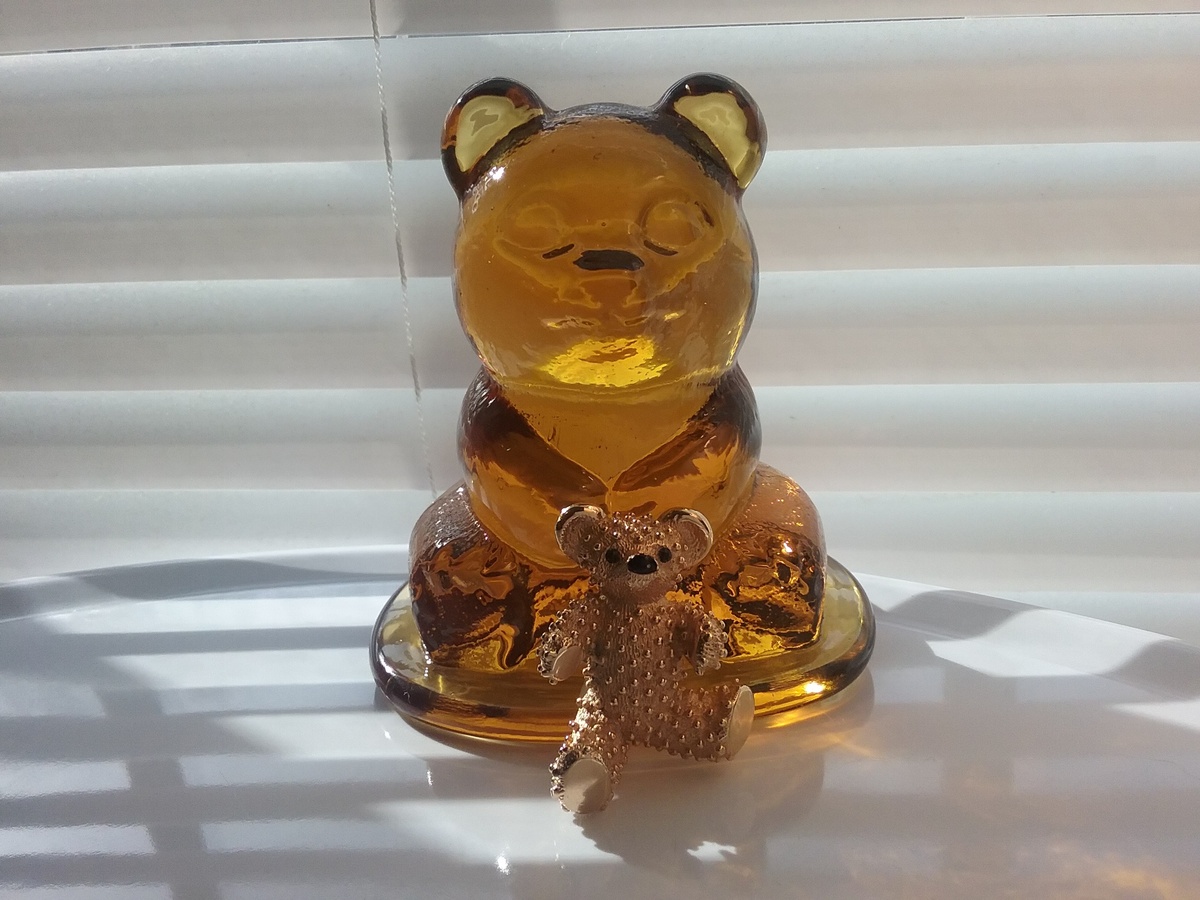
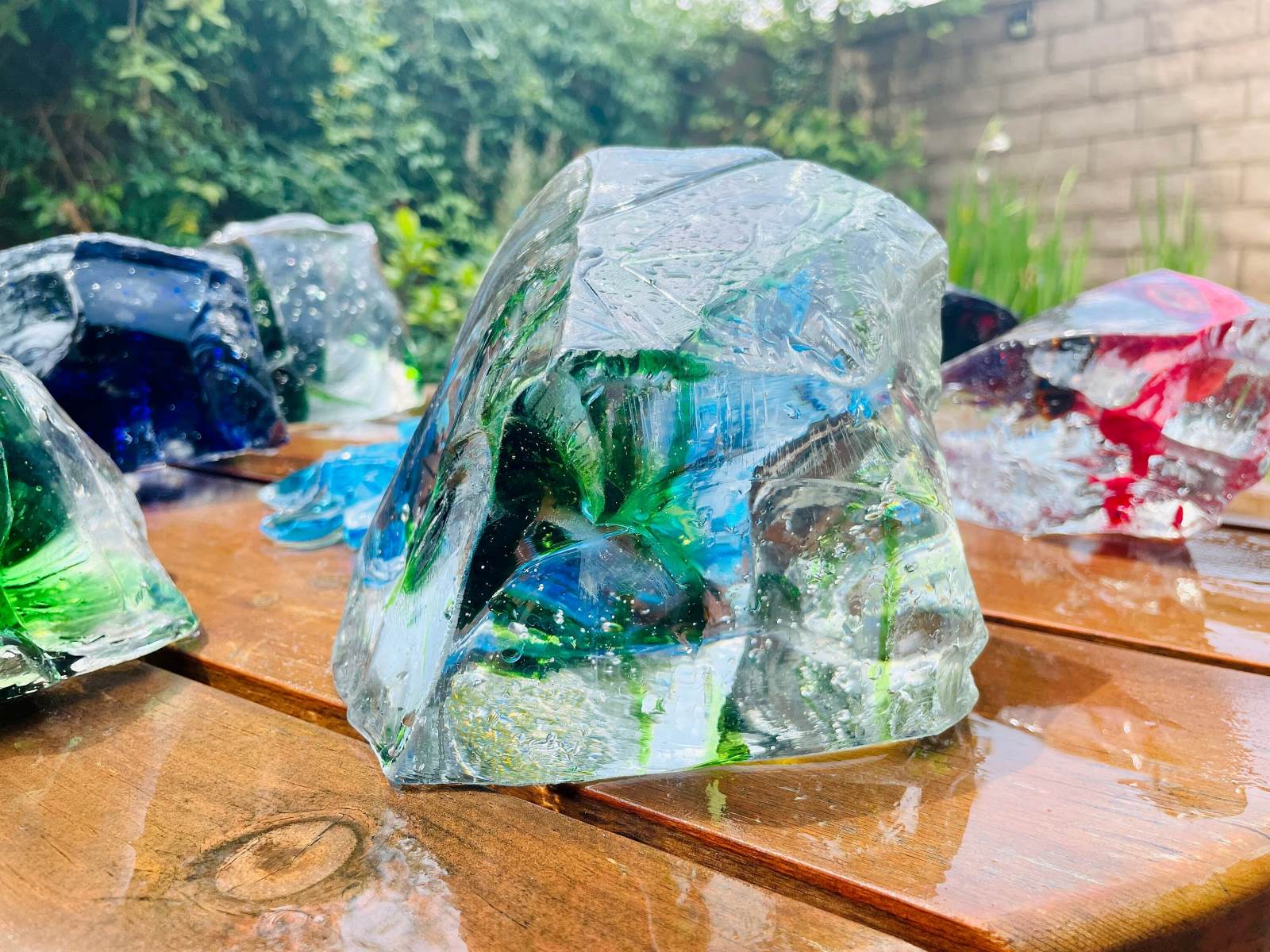
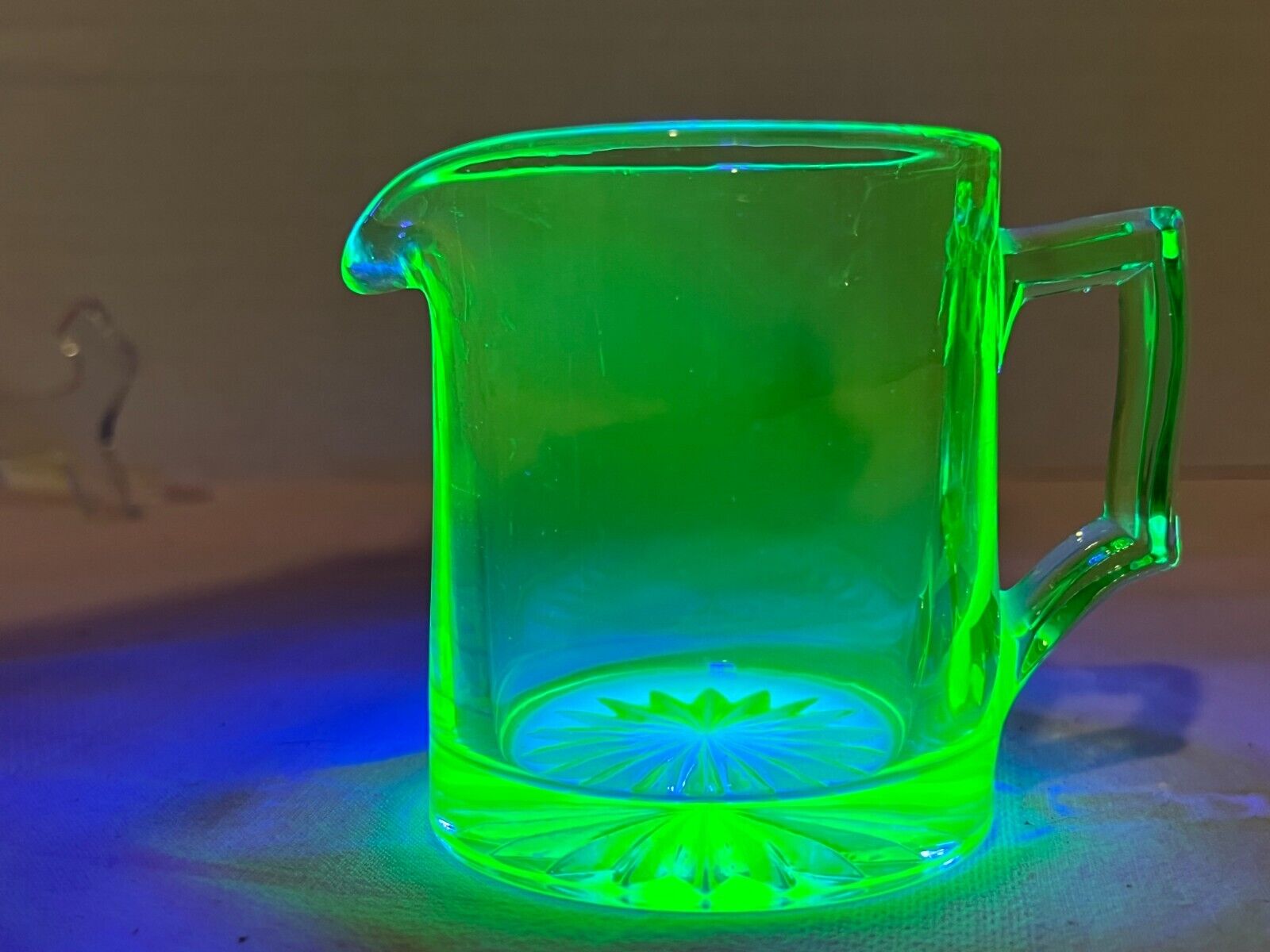
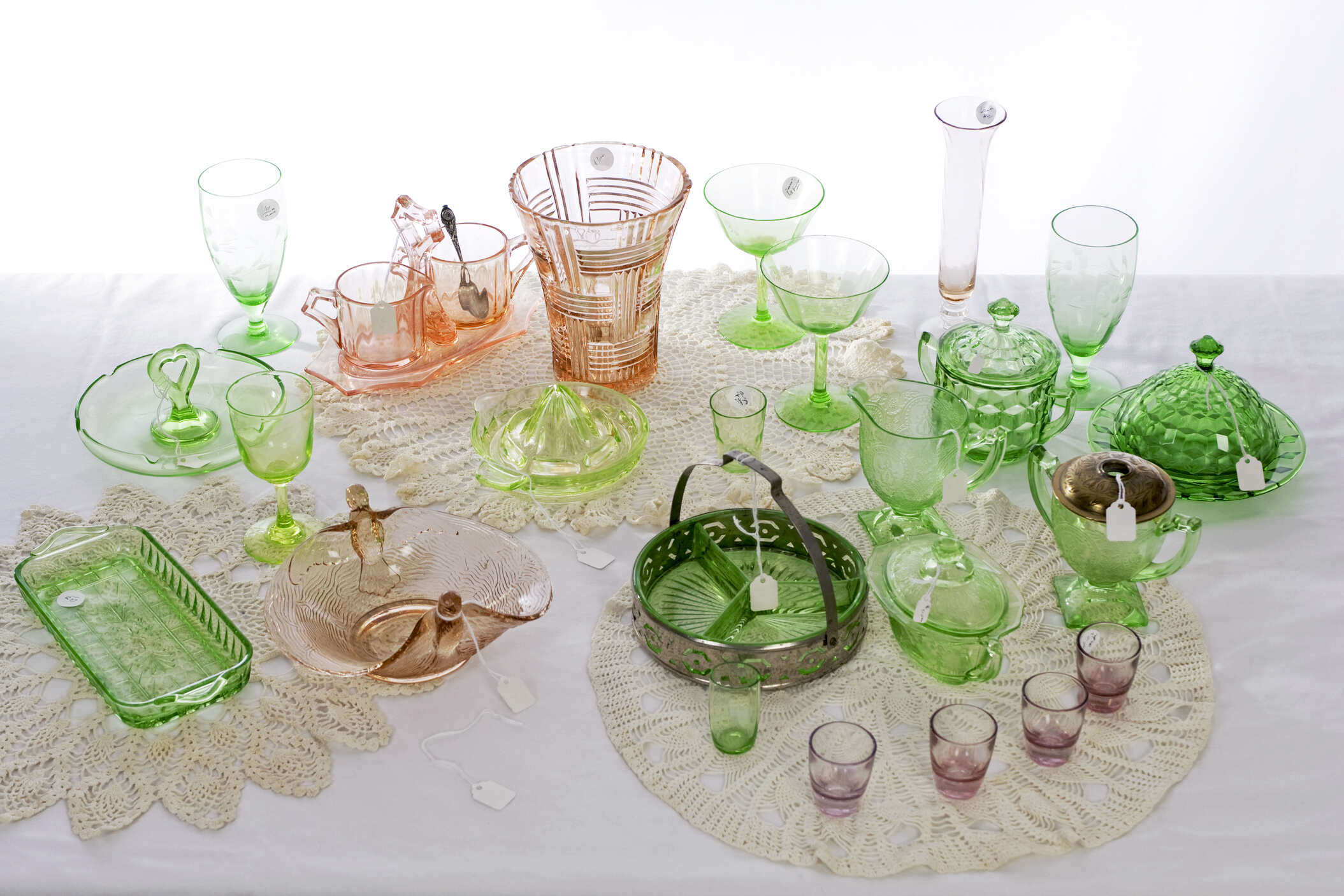
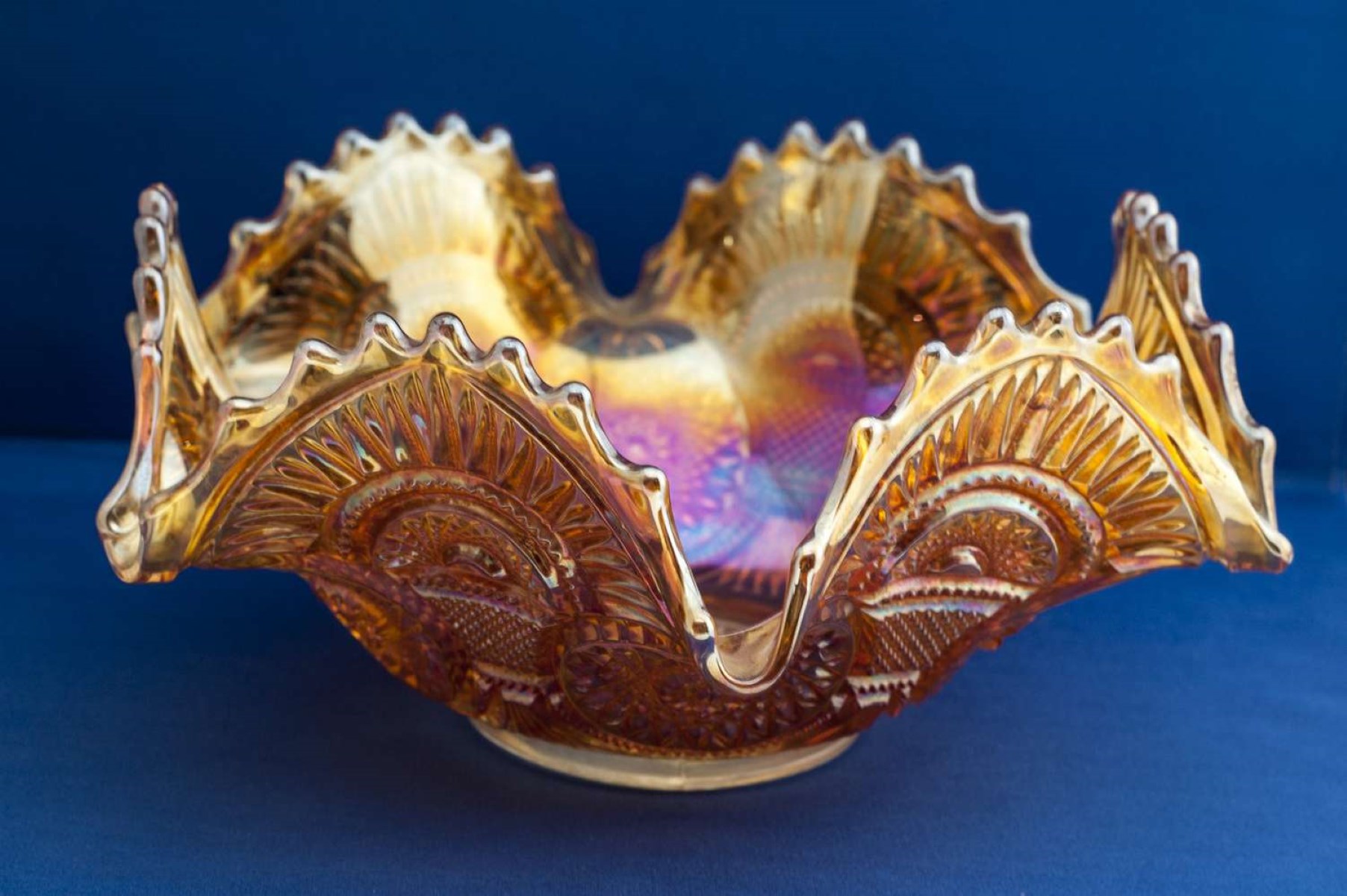
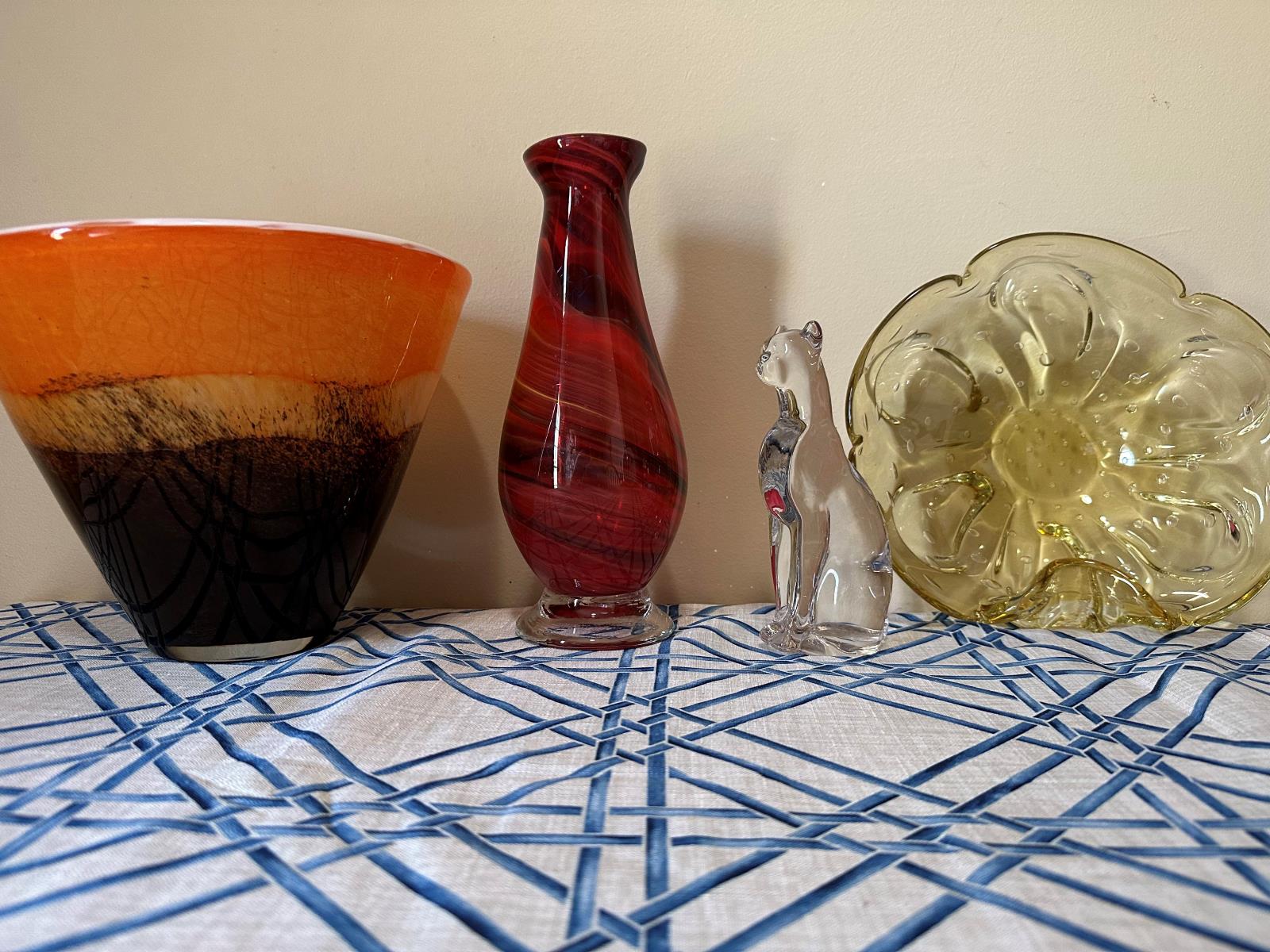
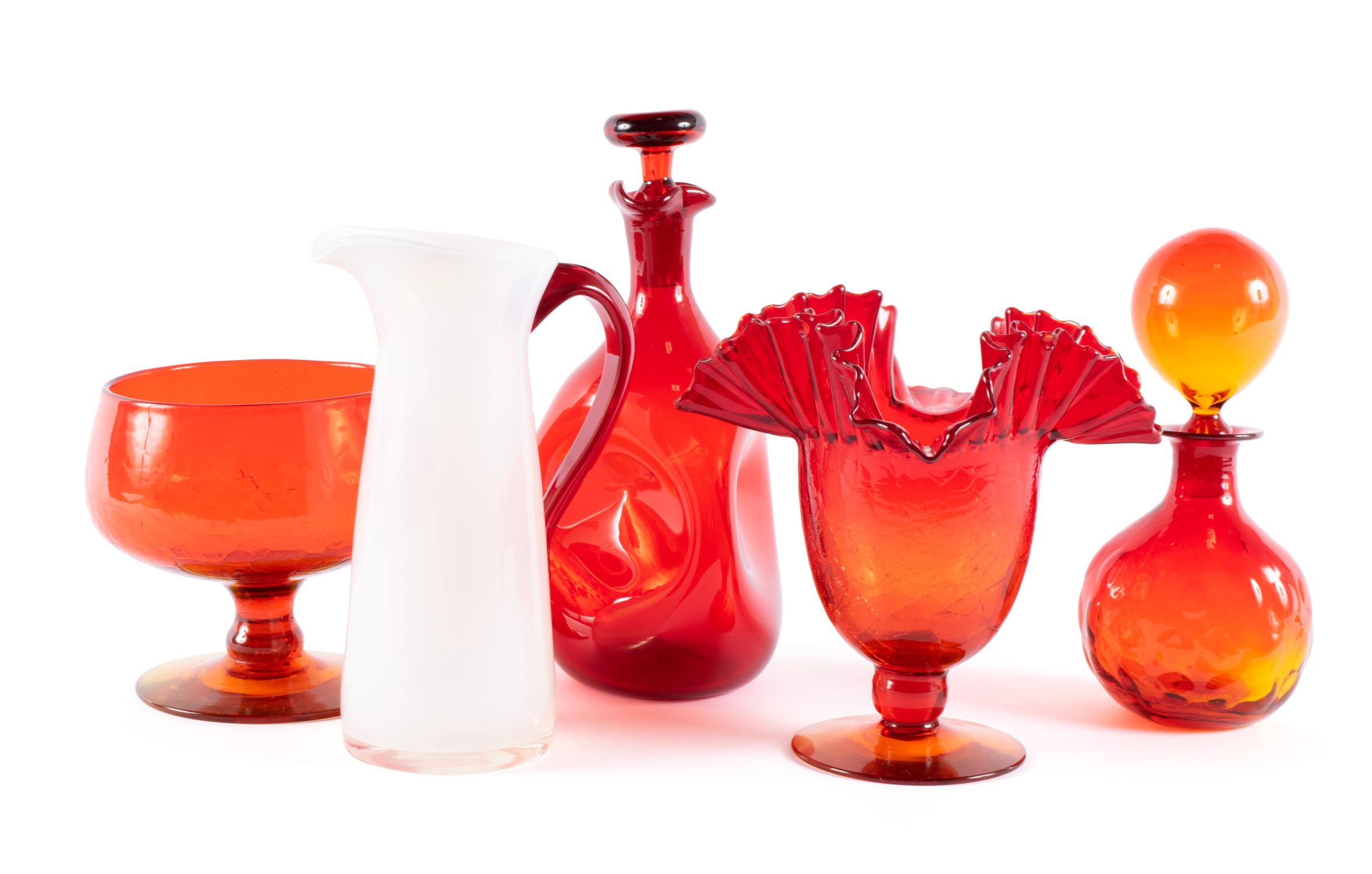
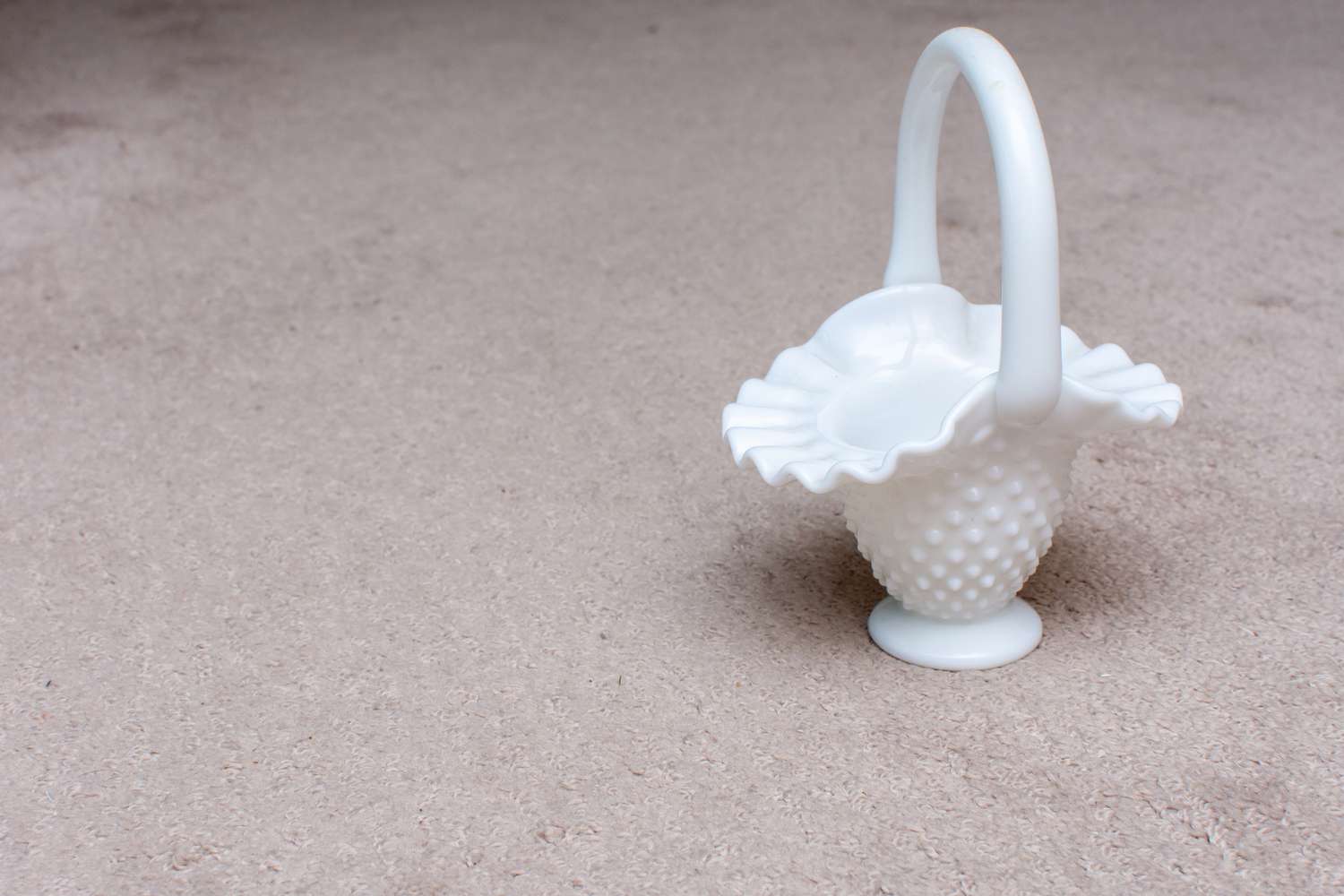
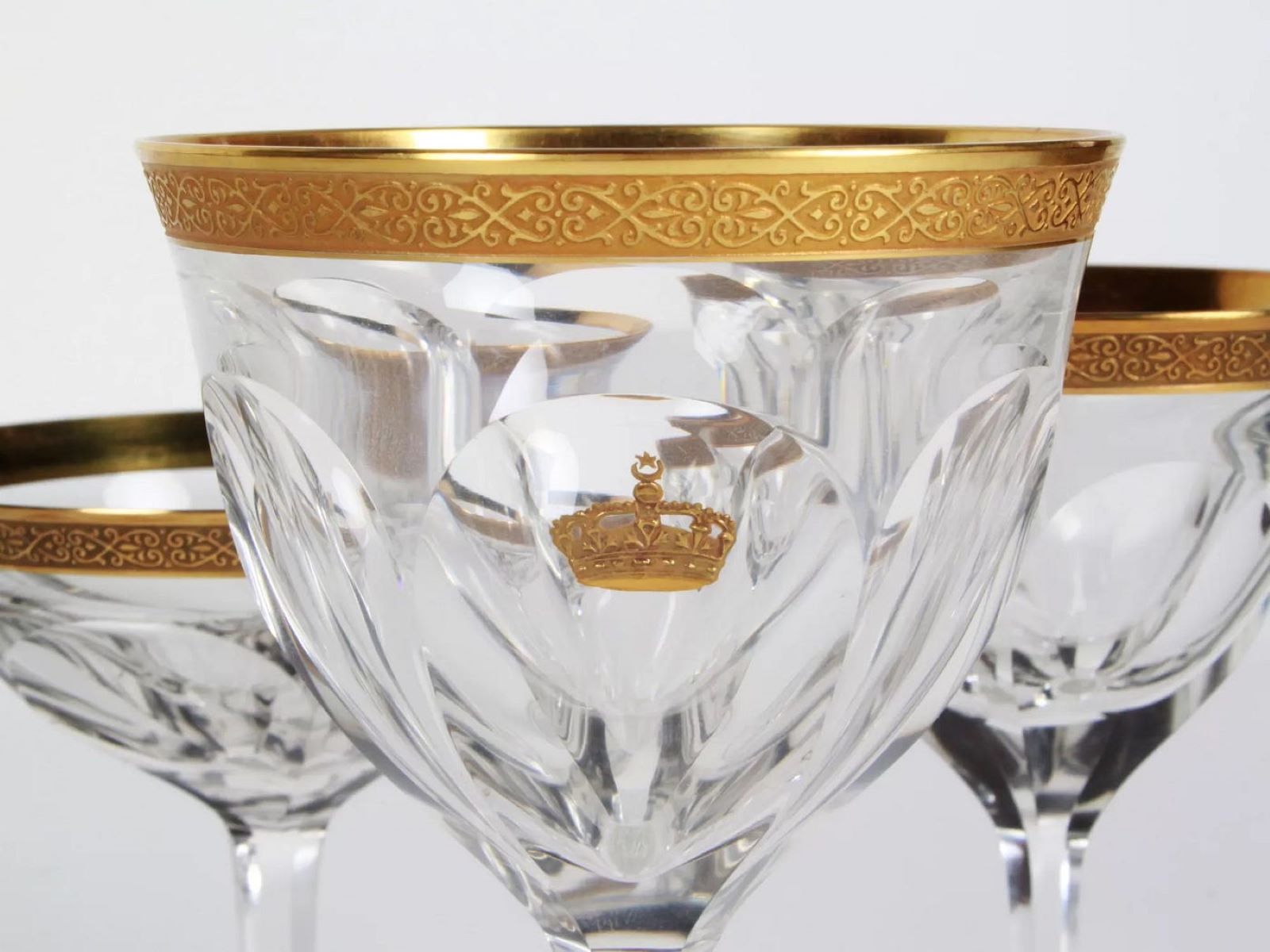
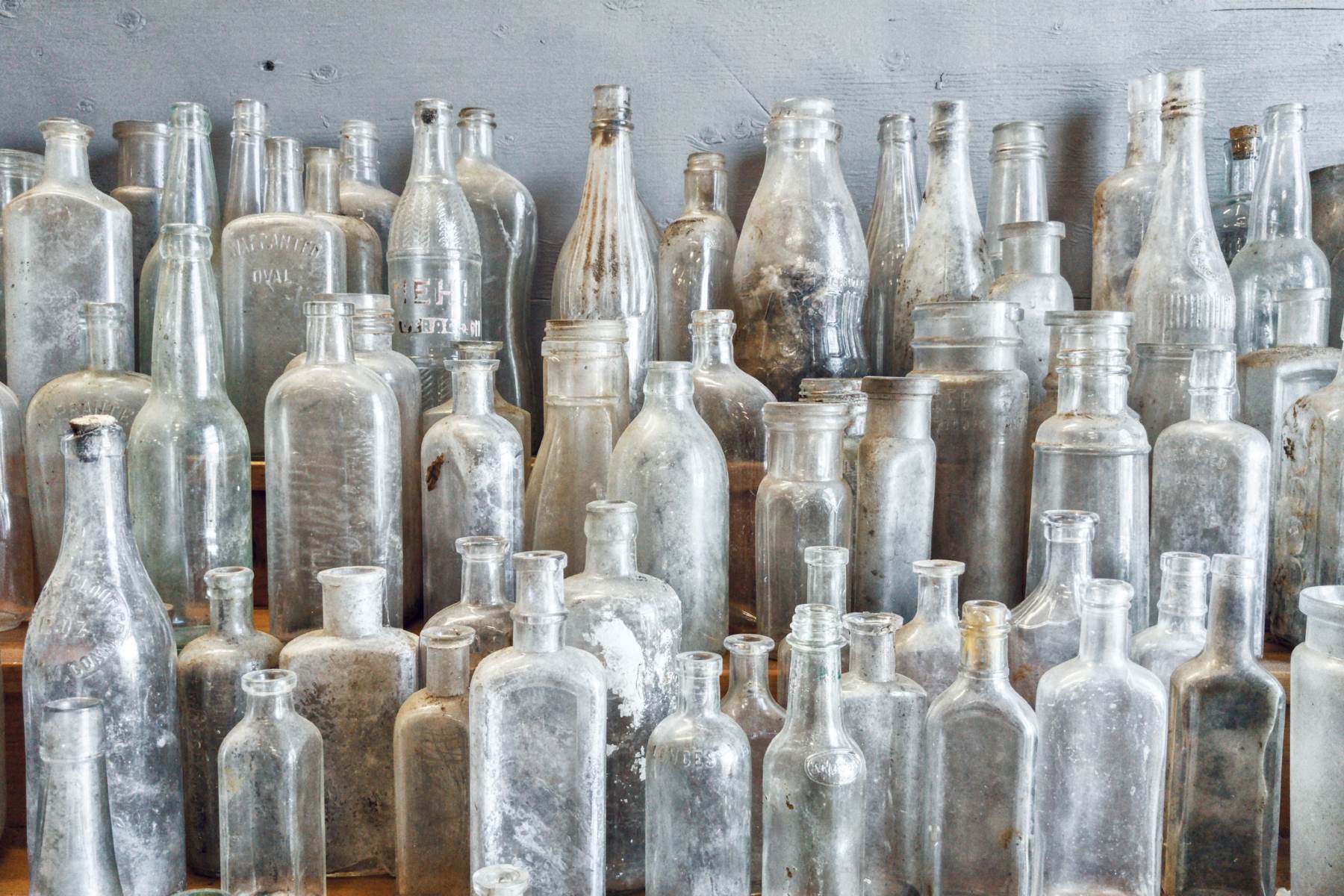
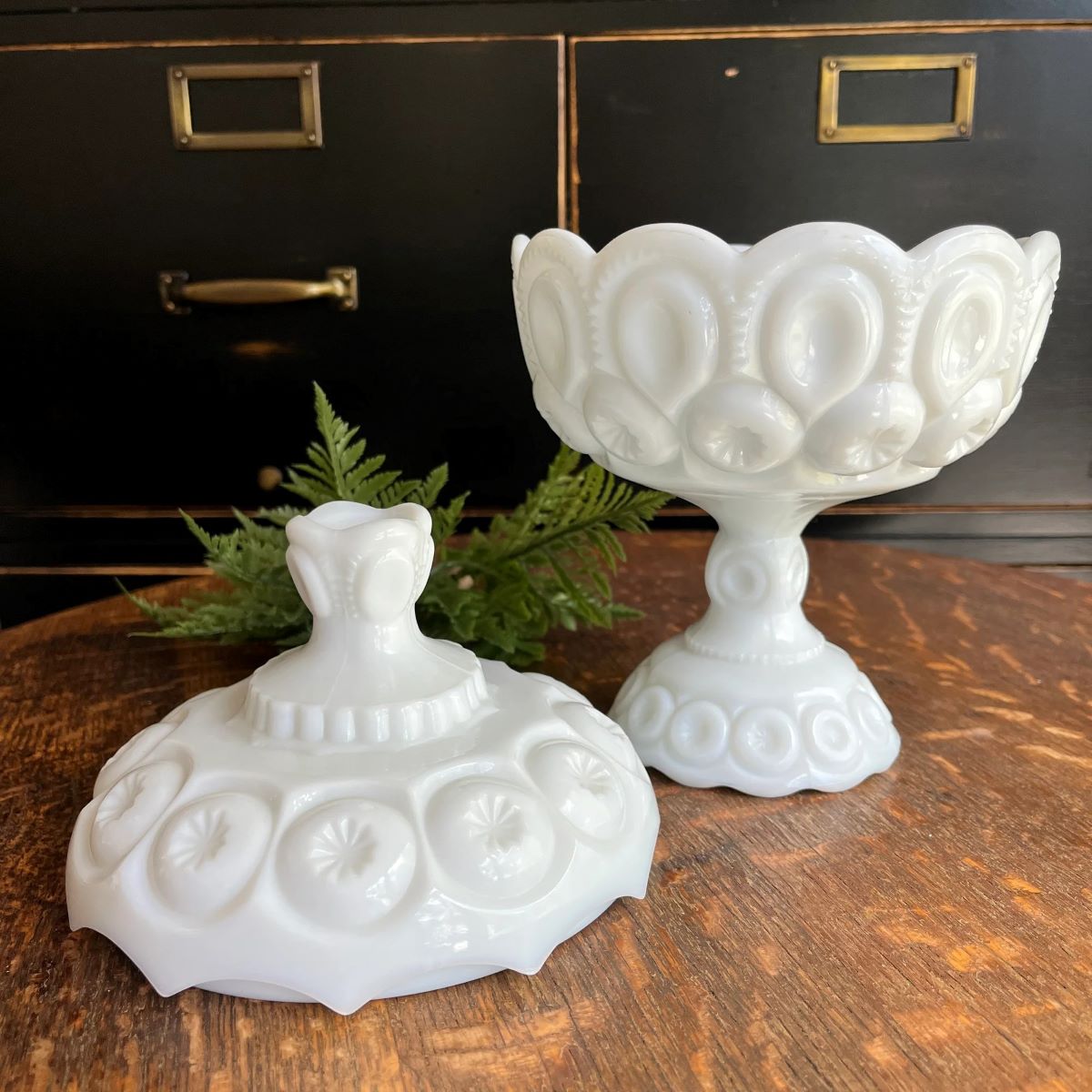
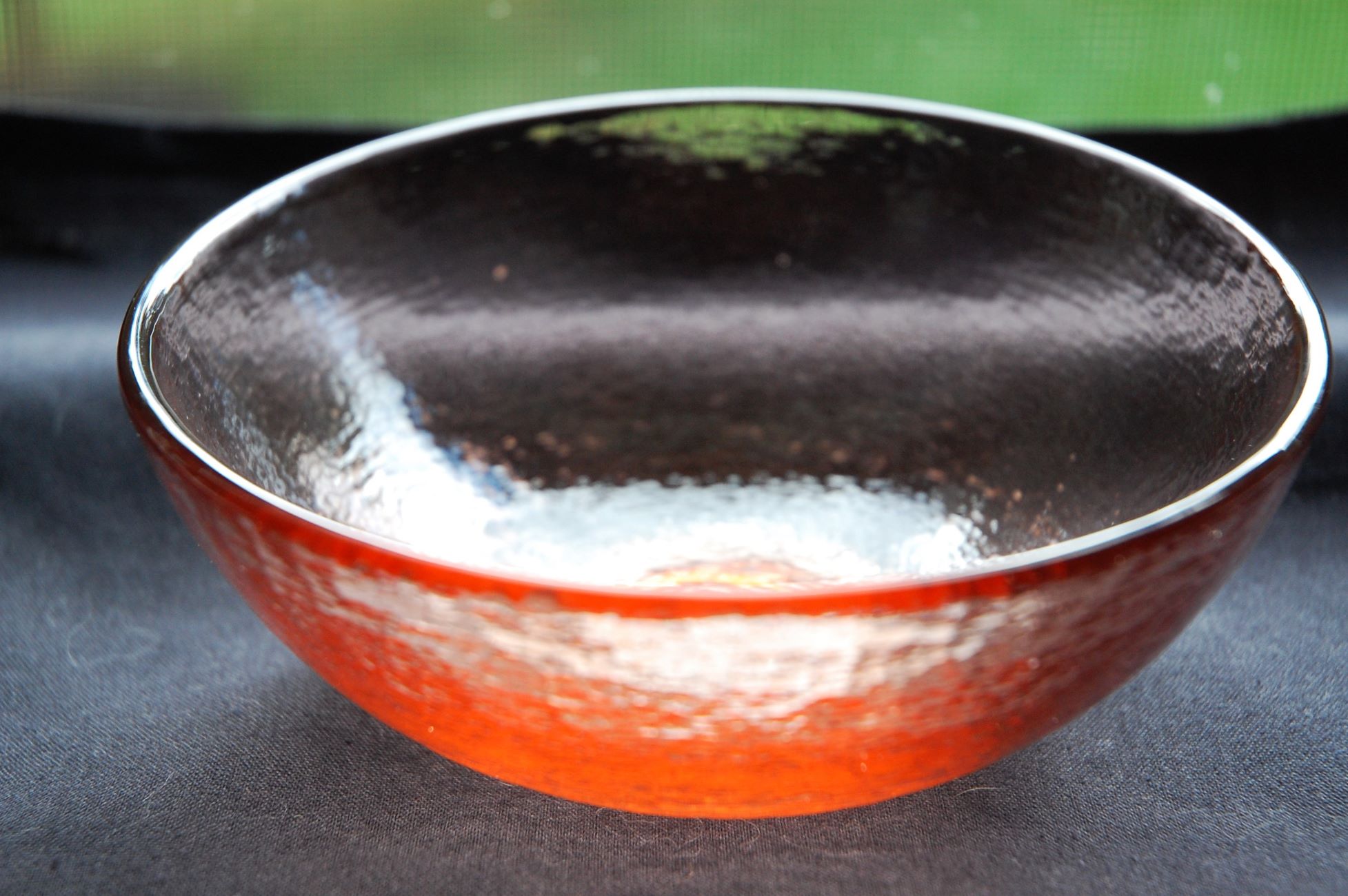
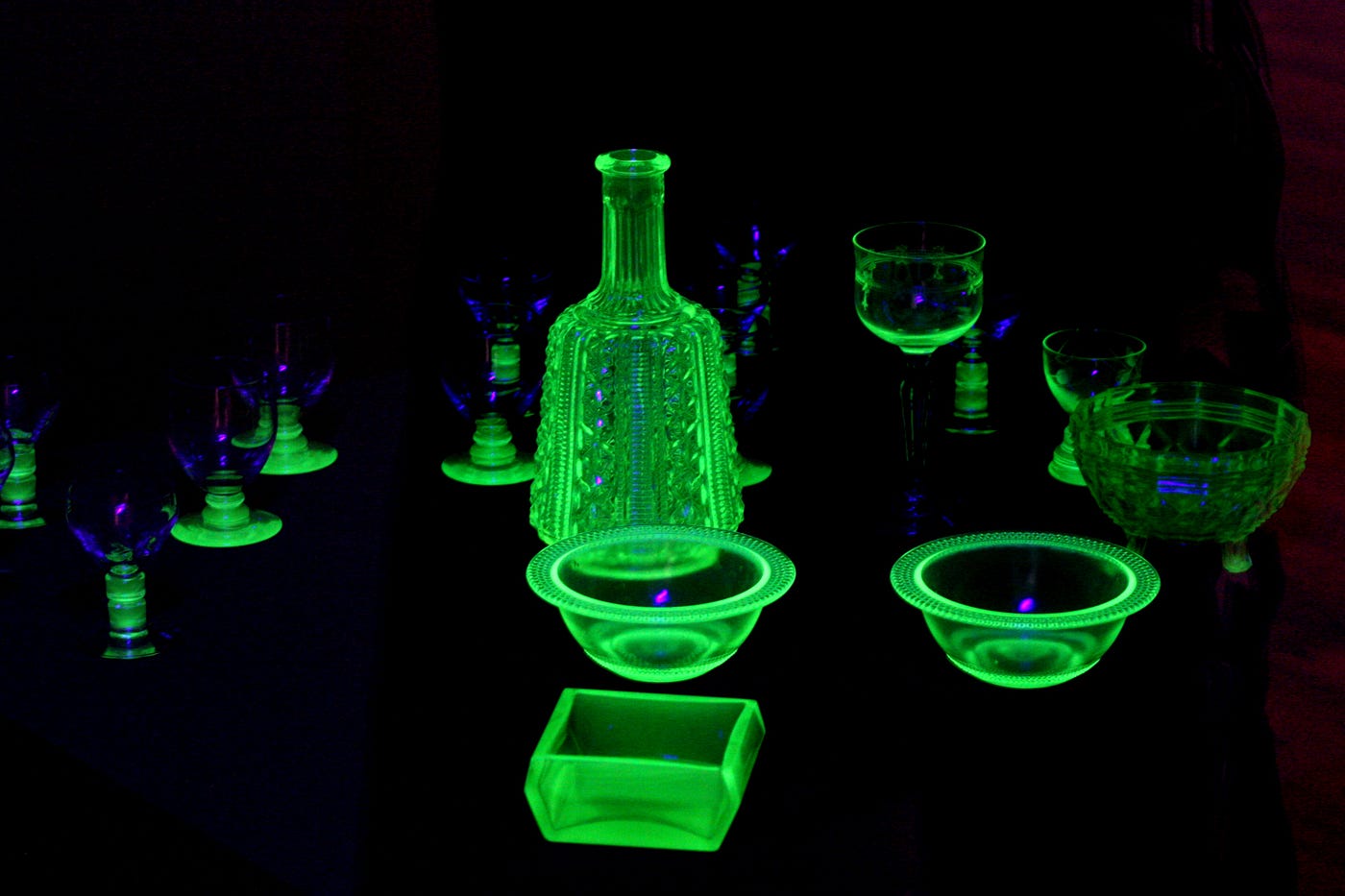
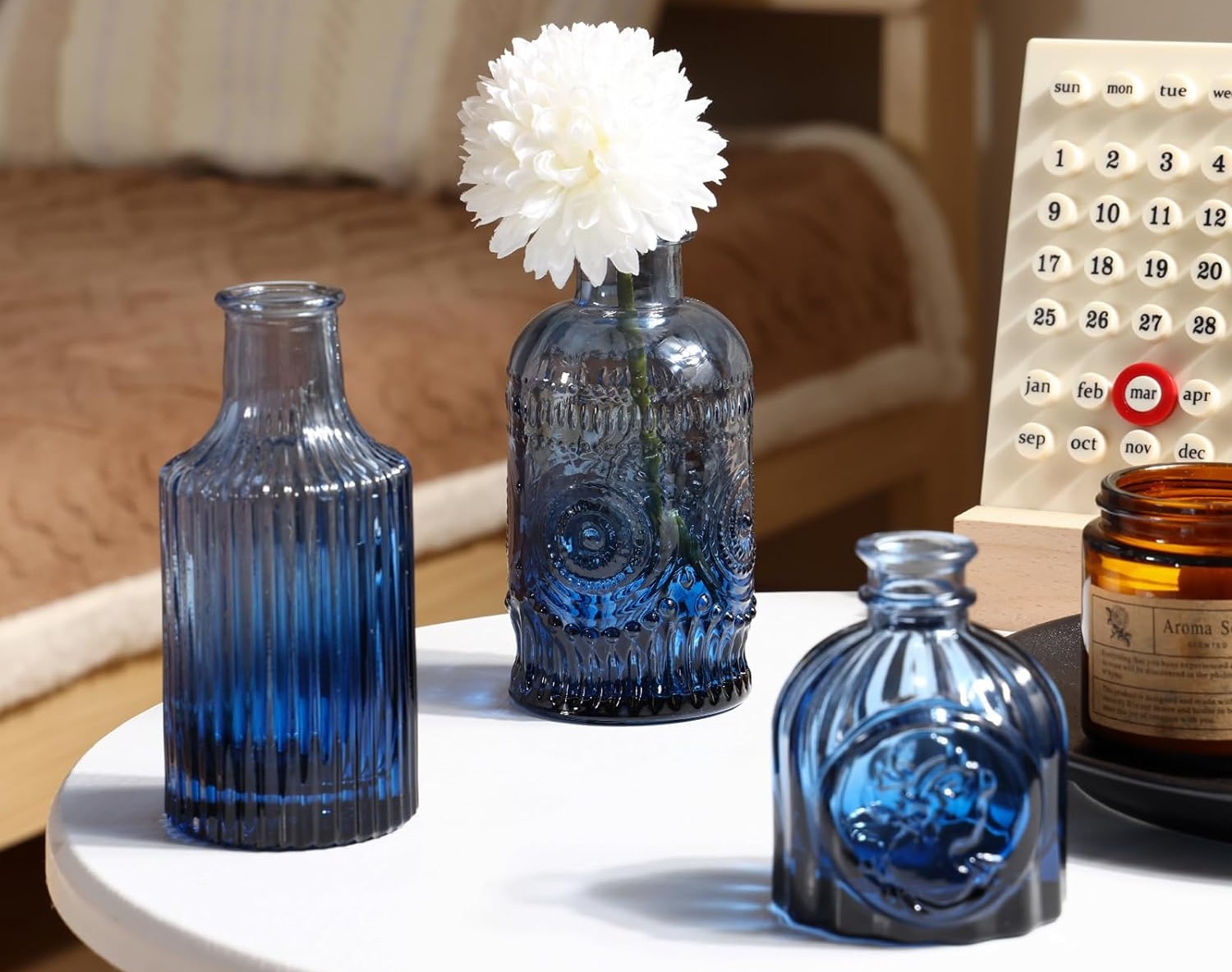

0 thoughts on “How To Identify Cobalt Blue Glass”